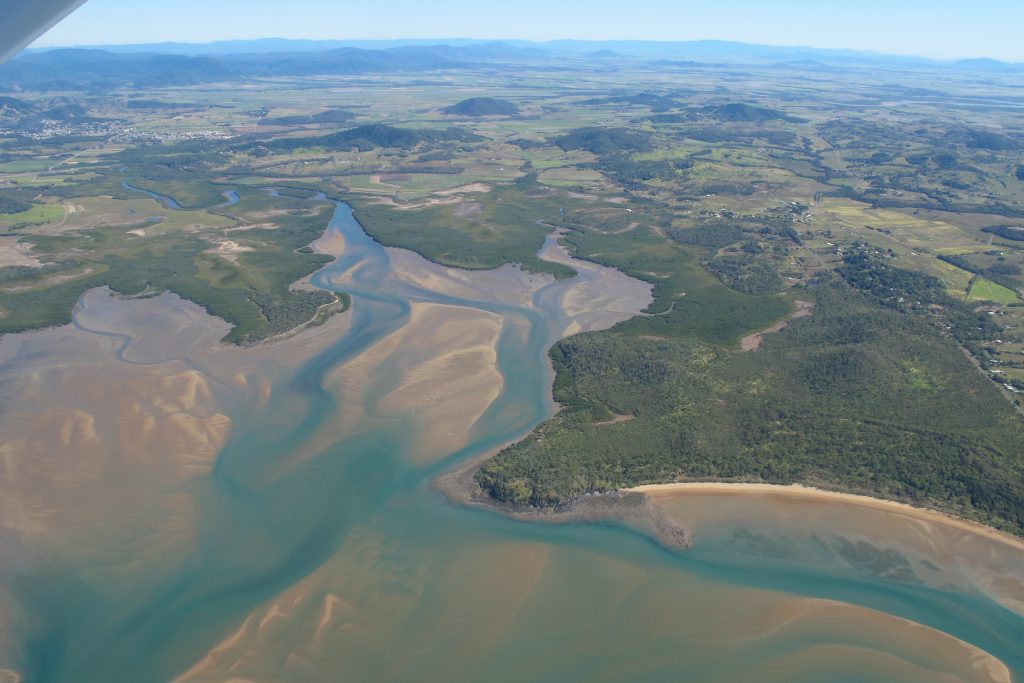Supporting Queensland’s next generation of water modellers
The Queensland Water Modelling Network (QWMN) aims to improve the state’s capacity to model its surface water and groundwater resources and improve the quality of it’s models.
Established by the Queensland Government in 2017, the QWMN provides tools, information and collaborative platforms to support best-practice use of water models and the uptake of their results by policy makers and natural resource managers. The QWMN encourages engagement between modellers, researchers, policy makers and resource managers.
A key focus of the QWMN is building Queensland water sector capability through its mentoring program. The program partners experienced modellers with university undergraduate students and young water professionals interested in water modelling, it The aims to:
- Grow the size and capabilities of the Queensland water modelling workforce by building a pipeline of skilled and enthusiastic graduates who want to pursue water modelling careers in Queensland.
- Expose students to ‘real world’ water policy issues so that they develop applied knowledge and become enthused about the work of water modellers.
- Develop undergraduate student critical analysis and systemic understanding of how the outputs from water models are and can be used.
The program has two components. Firstly, students undertake online water model training and tutorials to become familiar with the relevant models and tools. Students then undertake a ‘real world’ modelling challenge, supported by mentors who are experienced Queensland Government modellers.
eWater is an active supporter of the mentoring program, providing access to the full version of Source, training materials and technical support for participants.
Phase 1 of the program has been successfully completed by students from Griffith University, James Cook University, University of South Queensland, Queensland University of Technology and University of Queensland and a young professional within the Queensland Department of Natural Resources Mines and Energy (DNRME).
Students used eWater Source to understand how water quality targets are set for the Great Barrier Reef catchments. The Cattle Creek sub catchment within the Mackay/Whitsunday region used in the challenge. Through the project, participants both learn how to use Australia’s National Hydrological Modelling Platform, eWater Source and are exposed the the challenges faced by both government and industry to meet the Great Barrier Reef water quality targets.
The program has since been extended to students at the universities of Central Queensland and the Sunshine Coast in 2020-21. The QWMN is also working to engage modelling experts from the private sector.

